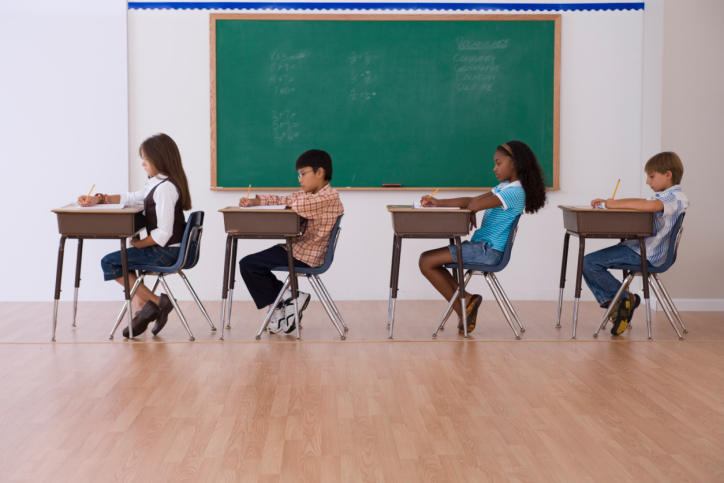Budget resolutions passed by the U.S. Senate and House include significant boosts for education spending in FY 2009.
Both budget resolutions were passed in March largely along party-line votes. In the House, the resolution was approved by a vote of 212-207, with no Republicans supporting the Democratic majority’s plan. The Senate plan was approved 51-44, with two Republicans voting in favor.
The House resolution calls for $7.1 billion in additional funding for job training and other education-related social service programs. The Senate also budgeted additional funding for education above the amount President George W. Bush requested, including the creation of a new $2 billion education reserve fund.
The Congressional budget resolutions are non-binding, but they outline the majority’s priorities and establish a framework for appropriations bills to be considered later this year. Bush has signaled that he intends to veto spending bills that surpass his funding requests. This sets the stage for education spending to become an issue during the year’s political campaigns.
Big Spending, Poor Results
Neal McCluskey, an education policy analyst at the Cato Institute in Washington, DC, predicts spending will be the focus of the education debate in the campaign.
“Whoever is the nominee for the Democrats will make the supposed under-funding of No Child Left Behind a central point of any education debate,” McCluskey said. “They’ll also likely throw out a lot of big-dollar figures for new education programs covering everything from preschool to grad school.”
McCluskey urged voters to be skeptical of calls for increased education spending.
“Washington has spent hundreds of billions of dollars on education over the last several decades and can show hardly any academic improvement to justify it,” McCluskey noted. “Almost invariably, federal money has helped the adults employed in public schooling, while the children have just been convenient political props.”
Money Isn’t a Reform
A new report published by the American Legislative Exchange Council (ALEC) in March confirms McCluskey’s point, examining the effectiveness of spending as an education reform solution. The 2007 Report Card on American Education reviews trends in education spending and academic achievement.
“The historical data show we’ve been trying to buy our way out of low performance and it just hasn’t paid off,” explained Matt Warner, director of ALEC’s Education Task Force. “For example, class-size reduction is a popular reform with a big price tag. But today’s classes are already, on average, 15 percent smaller than they were 20 years ago, yet test scores haven’t kept pace with the dollars invested.
“As a nation, we are spending, in constant dollars, 54 percent more than we did in the 1980s, and our test scores are a mixed bag,” Warner said. “The answer is not more money–we need real reform.”
Dan Lips ([email protected]) is an education policy analyst at The Heritage Foundation in Washington, DC.
For more information …
2007 Report Card on American Education, by Andew T. LeFevre, American Legislative Exchange Council, February 2008: http://www.heartland.org/article.cfm?artId=23054



